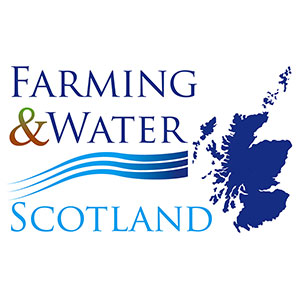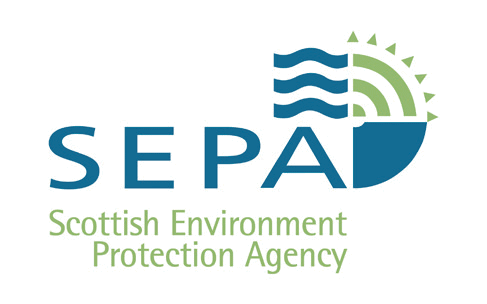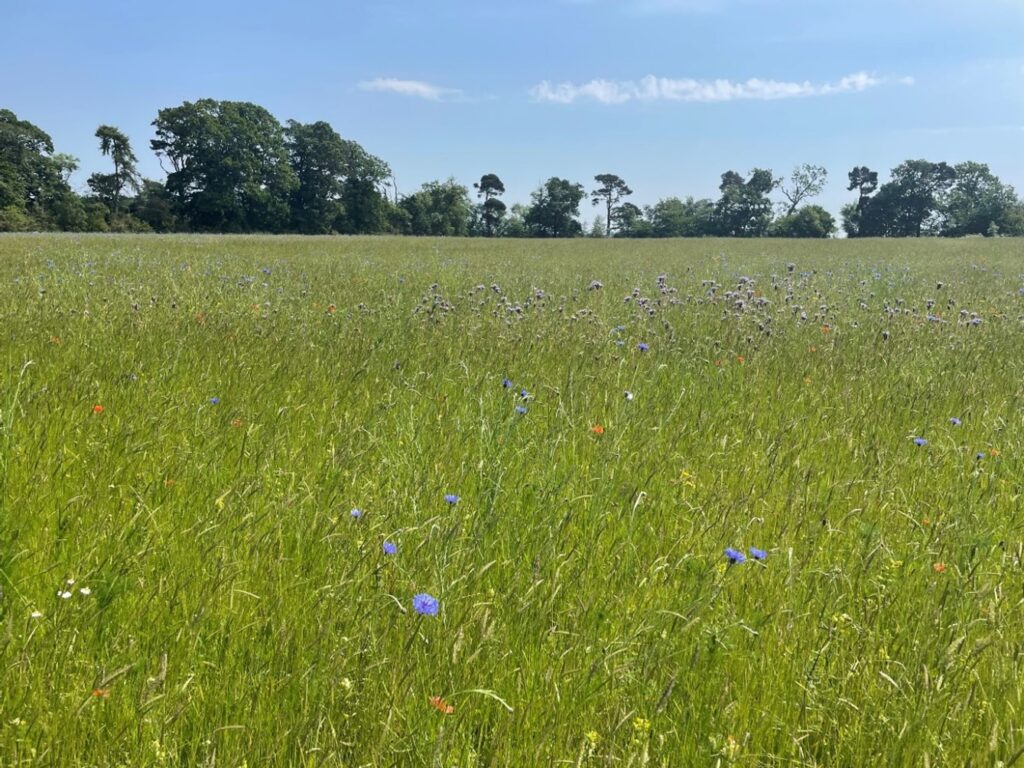Grassland Management and Water Quality
30 August 2023The quality of Scotland’s water is renowned worldwide. It is some of the safest drinking water in the world, critical in the marketing of high-quality agricultural products and ensuring thriving aquatic biodiversity. However, diffuse pollution from intensive agriculture can pose a threat and have serious localised impacts on the quality of watercourses and waterbodies.
The “quality” of water refers to multiple factors, such as concentration of dissolved oxygen, bacteria levels, amount of salt (salinity), or the amount of material suspended in the water (turbidity) and pollution levels - particularly from nitrates and phosphates. When these factors are outside of their safe limits, they have negative ecological impacts on animal and plant species that are reliant on clean watercourses, and health implications for drinking and bathing waters.
Within the agricultural sector, good practice can be seen throughout the country. However, diffuse agricultural pollution is still a significant cause of poor river quality in certain parts of Scotland. Well-managed grasslands in good condition can help combat some of the issues impacting water quality, while also providing other benefits such as water retention and slowing the rate at which rainfall reaches our watercourses.

Importance of Grasslands for Water Quality
Grasslands can play a vital role in improving water quality through a combination of natural processes and management practices.
Soil stabilising to reduce poaching
The dense root structures of a diverse grassland sward help to stabilise soils and reduce erosion when heavy rain occurs. These dense root structures also act as natural filters. Through absorbing nutrients in the soil, they help prevent nutrients from reaching watercourses where they can cause ecologically damaging algae blooms. Well-managed grasslands with high organic matter are also better at absorbing and retaining water, which in turn reduces the risk of flooding and drought.
Nutrient filtration through buffer strips
The creation of wooded or vegetated buffer strips adjacent to watercourses act as a safeguard, preventing pollutant runoff from the adjacent grass fields from entering nearby waters. Fenced buffer strips also create a barrier to livestock stopping them entering the watercourse. This not only helps to prevent poaching adjacent to watercourses, but also reduces the risk of disease transmission to livestock and humans. The dense vegetation physically traps sediment bound pollutants and the dense root systems helps stabilise riverbanks.
Upland and lowland grassland for water retention
With 70% of the UK’s water resources coming from the uplands [1], upland grassland management is massively important in ensuring this water remains at a high quality. Good quality water from the uplands is vital in helping to buffer the impact of pollutant discharge downstream. Although water quality in the uplands is typically greater, these waters are particularly sensitive to pollution, therefore even low levels of pollution can have a disproportionally large impact on the ecological status of the the watercourse. Furthermore, good soil health in lowland grasslands can also help in the retention of water. Grasslands managed to promote healthy soils are able to help moderate the volume and speed in which water reaches watercourses from grasslands. This reduces the level of run-off and helps prevent flood and drought conditions.
1 https://www.ons.gov.uk/economy/environmentalaccounts/bulletins/uknaturalcapitalforpeatlands/naturalcapitalaccounts
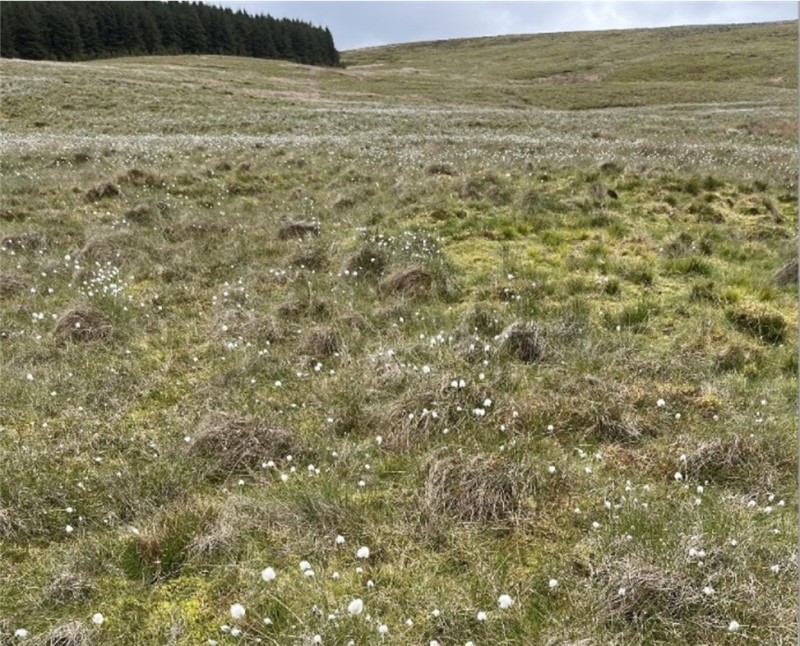
Threats and Solutions to Grassland Water Quality
As highlighted above, good quality grasslands can be used as a valuable tool to improve water quality. However, some forms of grassland management can threaten water quality and should be mitigated against using nature-based solutions. Resources such as the four-point plan [2] offer a way to identify and combat sources of diffuse pollution on farms.
Below lists some impacts of grassland management that can threaten water quality with potential solutions to combat these.
2 https://www.farmingandwaterscotland.org/managing-water-on-your-farm/the-4-point-plan-4pp/#:~:text=The%204%20Point%20Plan%20(4PP)%20contains%20simple%20ideas%20and%20information,and%20manage%20your%20water%20margins.
Threat - Soil compaction:
Grass roots can benefit soil through breaking up the soil and allowing greater infiltration. However, when soil is compacted, it can negate these benefits. Compacted soils with lower infiltration rates result in water pooling on the surface, resulting in runoff during times of heavy rain, carrying soil and pollutants with it to nearby watercourses.
Solution - Promoting healthy soil structure:
Healthy soils, with high levels of infiltration, prevent runoff through allowing water to infiltrate at greater speeds and volumes. Doing this prevents soil erosion and pollutant runoff. To promote healthy soils, regenerative grazing and multi-species native swards can be established on grasslands. Regenerative grazing reduces compaction, allows vegetation to recover and prevents over-grazing. Multi-species native swards allow for more diverse root structures that are adapted to local conditions, which increases infiltration and nutrient uptake.
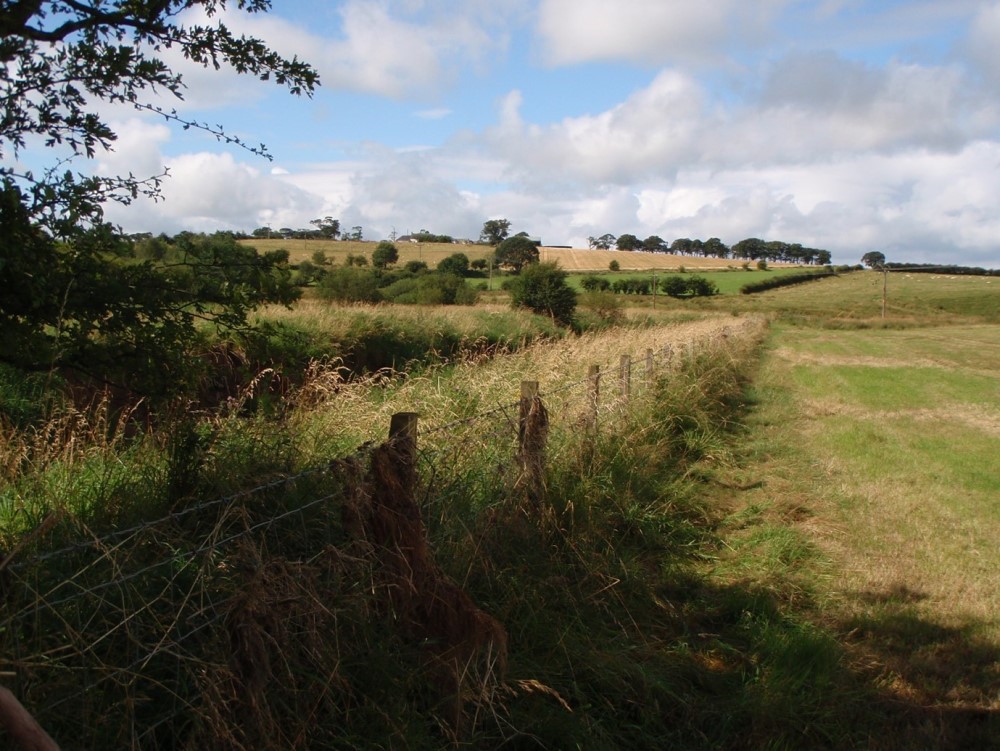
Threat - Livestock access to water:
Allowing grazing animals access to watercourses can be a major source of pollution from manure and increasing sedimentation from poaching. This is especially true within upland grasslands, where grazing animals are the main source of pollution. This can be further exaggerated through winter grazing in uplands, which can further increase sedimentation.
Solution - Riparian buffer zones:
When riparian buffer zones are employed, they offer multiple benefits to water quality. Fenced off riparian buffer zones prevent livestock entering the water, reduce livestock poaching adjacent the water and increases sward height and thickness. This reduces pollutants entering the water and binds the soil on the water banks to prevent erosion. Providing alternative watering points will allow the riparian buffer zones to be employed and reduce the risk of livestock accessing watercourses directly.
Threat - Nutrient runoff:
Excessive fertiliser use, be it organic or inorganic, can result in nutrient run off. When more nutrients are applied to grasslands than they can absorb, the extra nutrients within soils can be carried to watercourses above and below ground. When these nutrients enter water courses, they can result in eutrophication, where algae blooms deplete water oxygen levels, damaging aquatic species.
Solution - Better targeting of fertiliser applications:
Nutrient management plans ensure that only the required nutrients for optimal plant growth are applied. This is beneficial from a water quality standpoint as it reduces the risk that nutrients in the soil will enter watercourses, and is beneficial from a business standpoint as no nutrients are being wasted. Conducting a Risk Assessment for Manure and Slurry (RAMS) Map will help to identify areas that are at high-risk areas when it comes to spreading manures and slurries.
Do's
Dont's
- Promote healthy soil structure and enhance organic matter through methods such as regenerative grazing and using native multi-species swards.
- Use fenced riparian buffer strips and alternative watering points to reduce livestock access to watercourses, capture pollutant runoff, and stabilise soils adjacent water.
- Manage nutrient application to ensure surplus nutrients are not at risk from run-off.
- Overcompact soils resulting in poorer infiltration and increase chance of pollutant runoff.
- Allow excess livestock access to water, resulting in water contamination and soil poaching.
- Over-apply nutrients to grasslands. When more nutrients are applied to grasslands than the vegetation can absorb, these are lost and can find their way to water where they can have damaging environmental consequences.
Useful Links
Harry Fisher, SAC Consulting
Sign up to the FAS newsletter
Receive updates on news, events and publications from Scotland’s Farm Advisory Service

